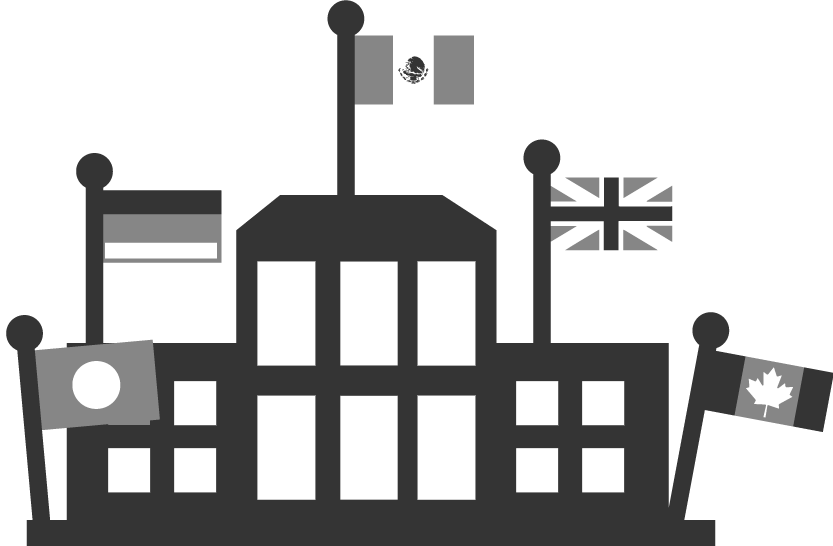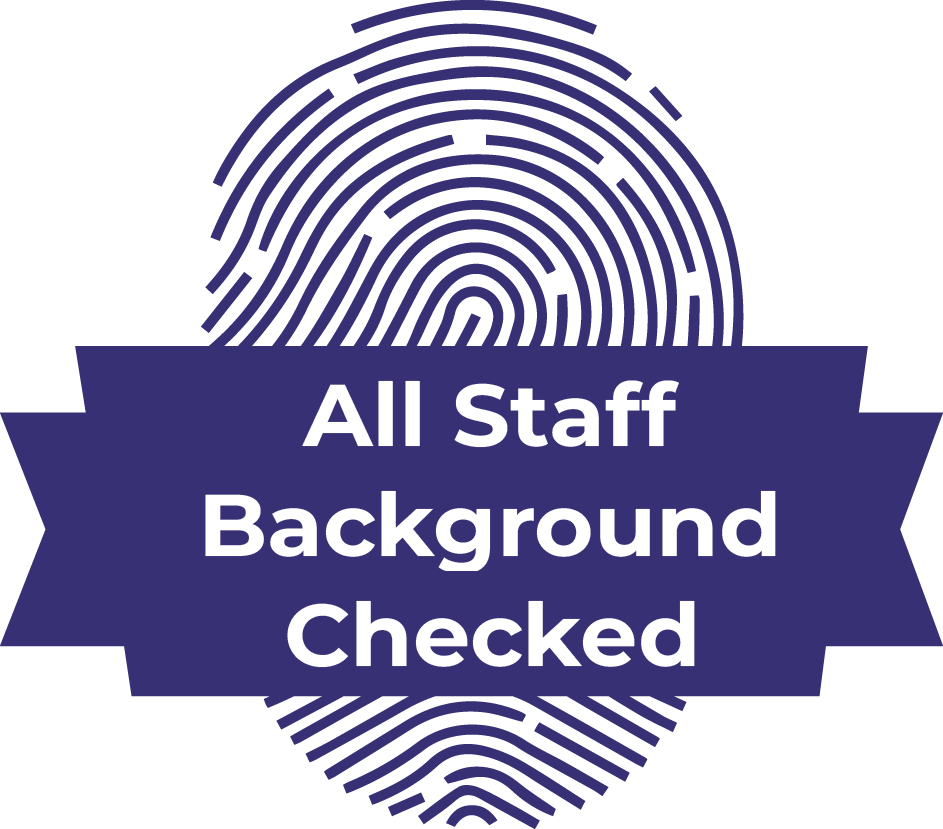
Apr

1) to ask a higher court to reverse the decision of a trial court after final judgment or other legal ruling. after the lower court judgment is entered into the record, the losing party (appellant) must file a notice of appeal, request transcripts or other records of the trial court (or agree with the other party on an “agreed-upon statement”), file briefs with the appeals court citing legal reasons for over-turning the ruling, and show how those reasons (usually other appeal decisions called “precedents”) relate to the facts in the case. no new evidence is admitted on appeal, for it is strictly a legal argument. the other party (respondent or appellee) usually files a responsive brief countering these arguments. the appellant then can counter that response with a final brief. if desired by either party, they will then argue the case before the appeals court, which may sustain the original ruling, reverse it, send it back to the trial court, or reverse in part and confirm in part. for state cases there are supreme courts (called courts of appeal in new york and maryland) which are the highest appeals courts, and most states have lower appeals courts as well. for federal cases there are federal courts of appeal in ten different “circuits,” and above them is the supreme court, which selectively hears only a few appeals at the highest level. 2) the name for the process of appealing, as in “he has filed an appeal.”

































































